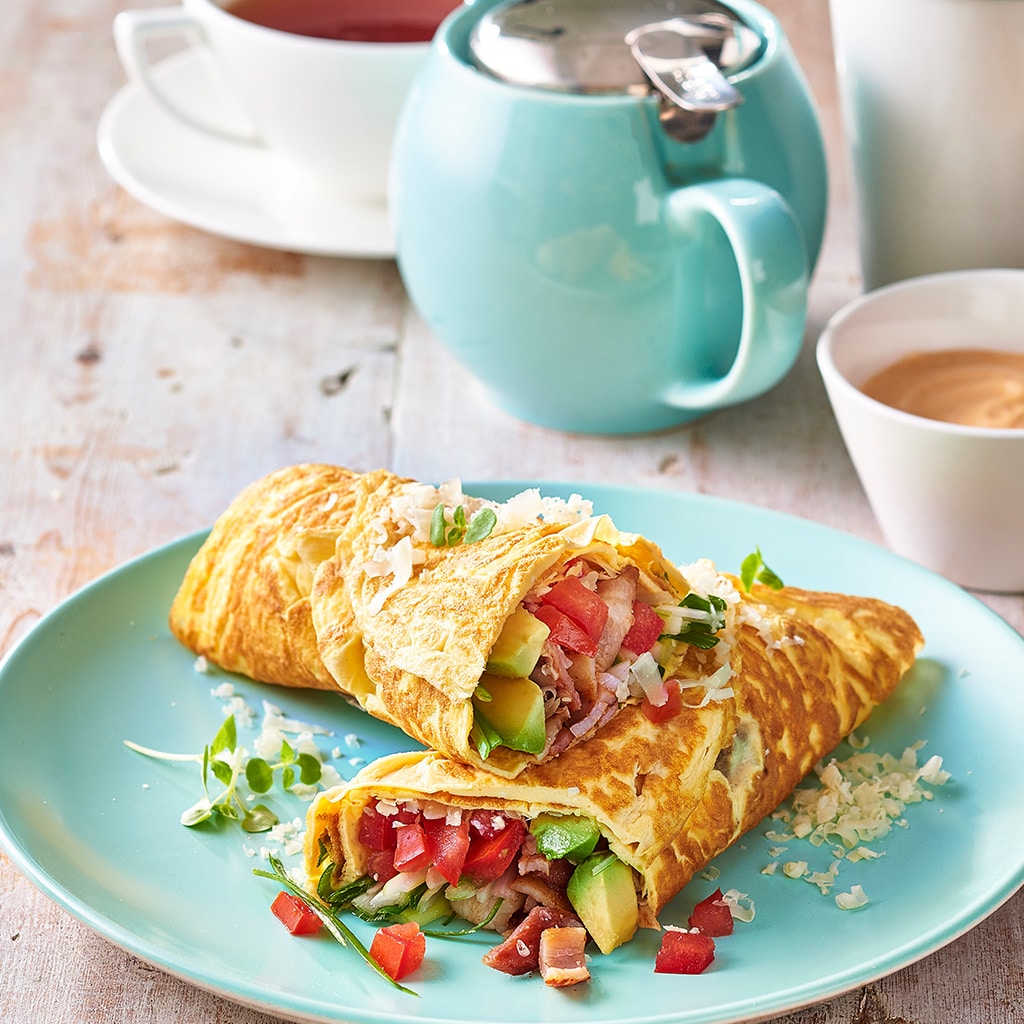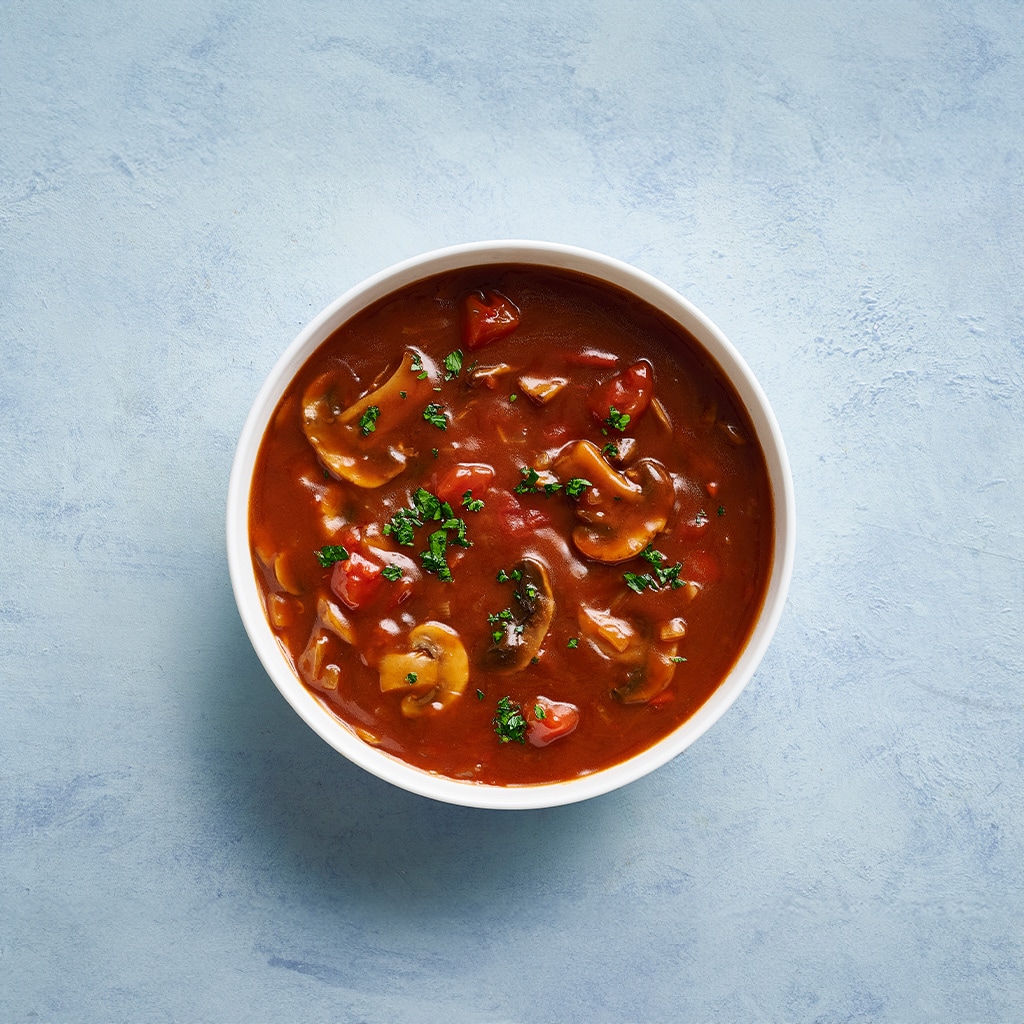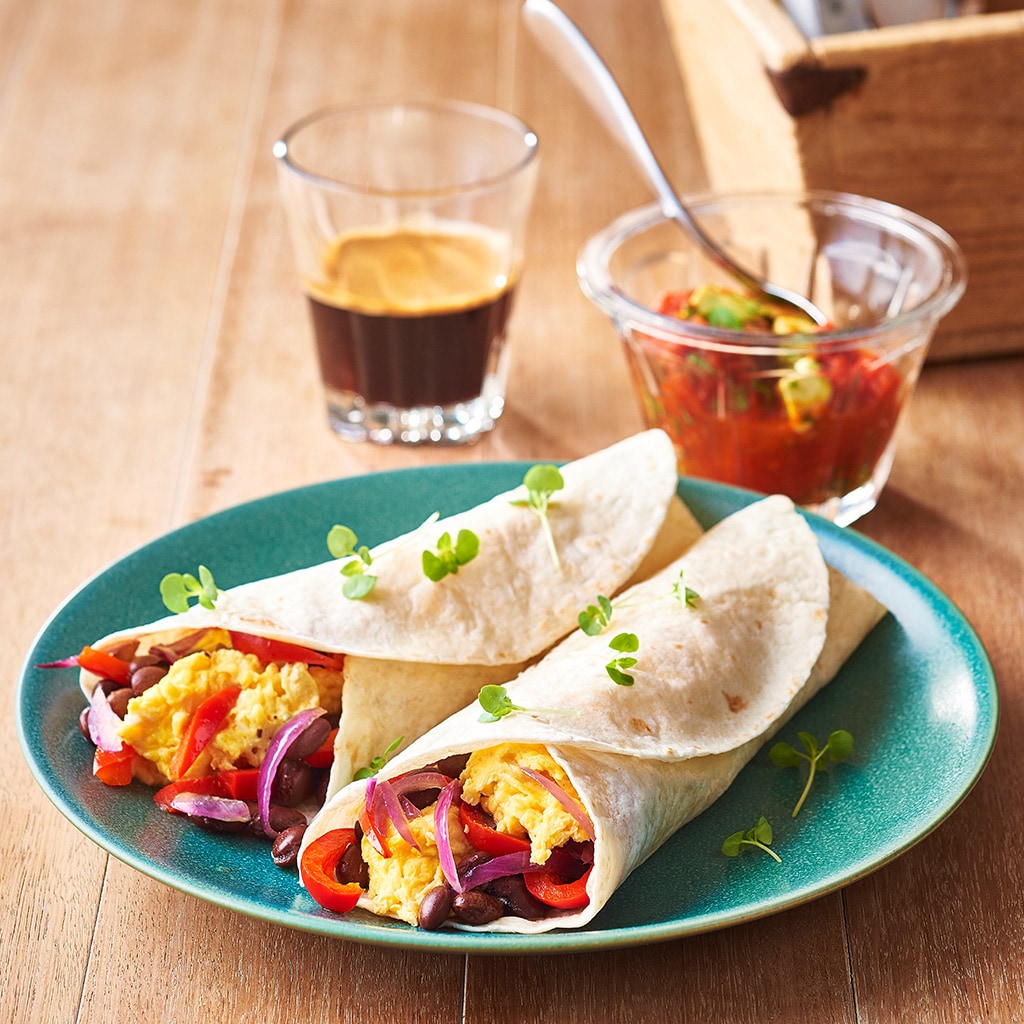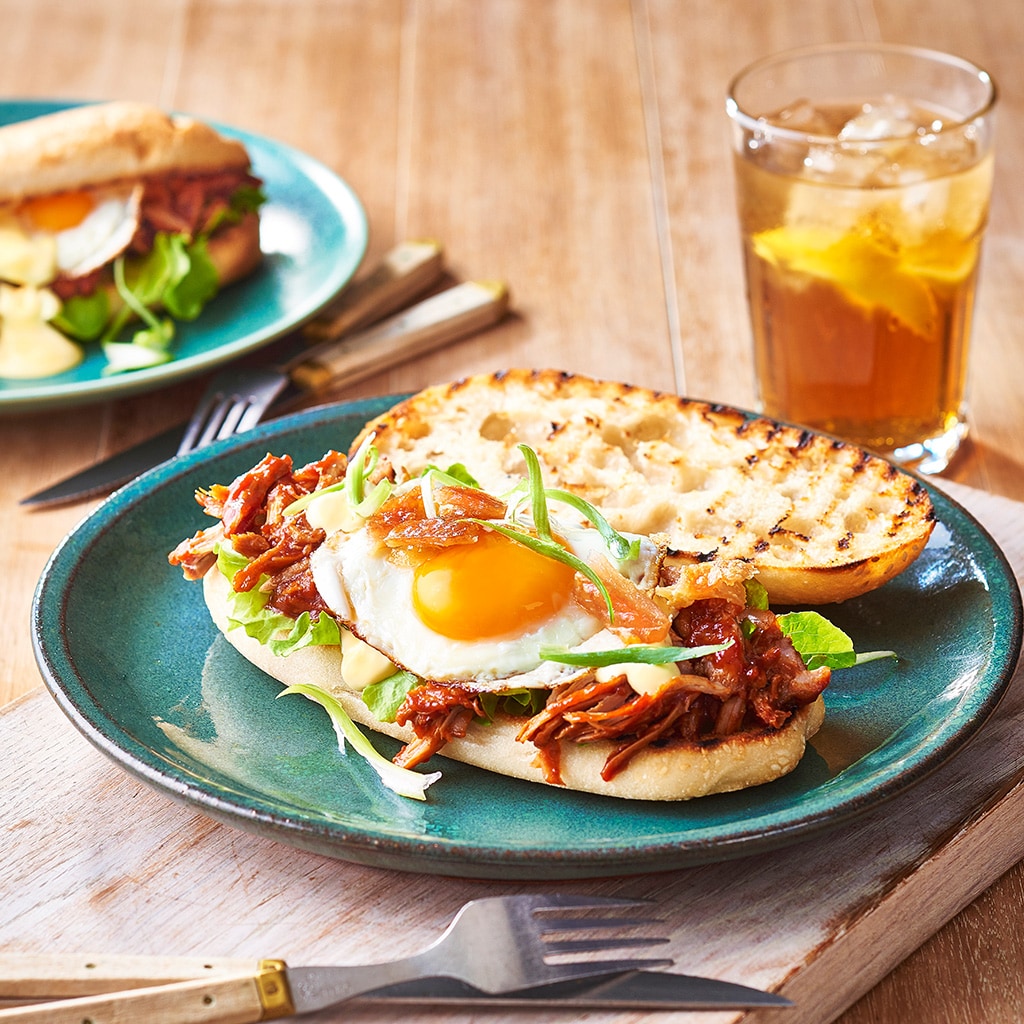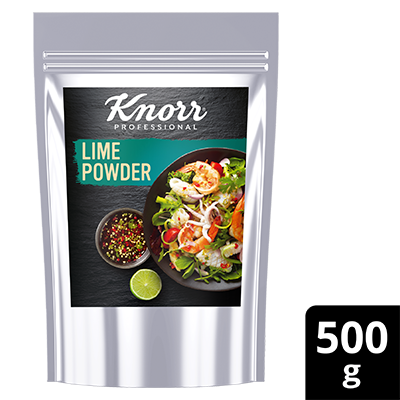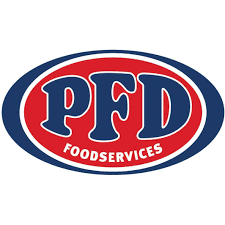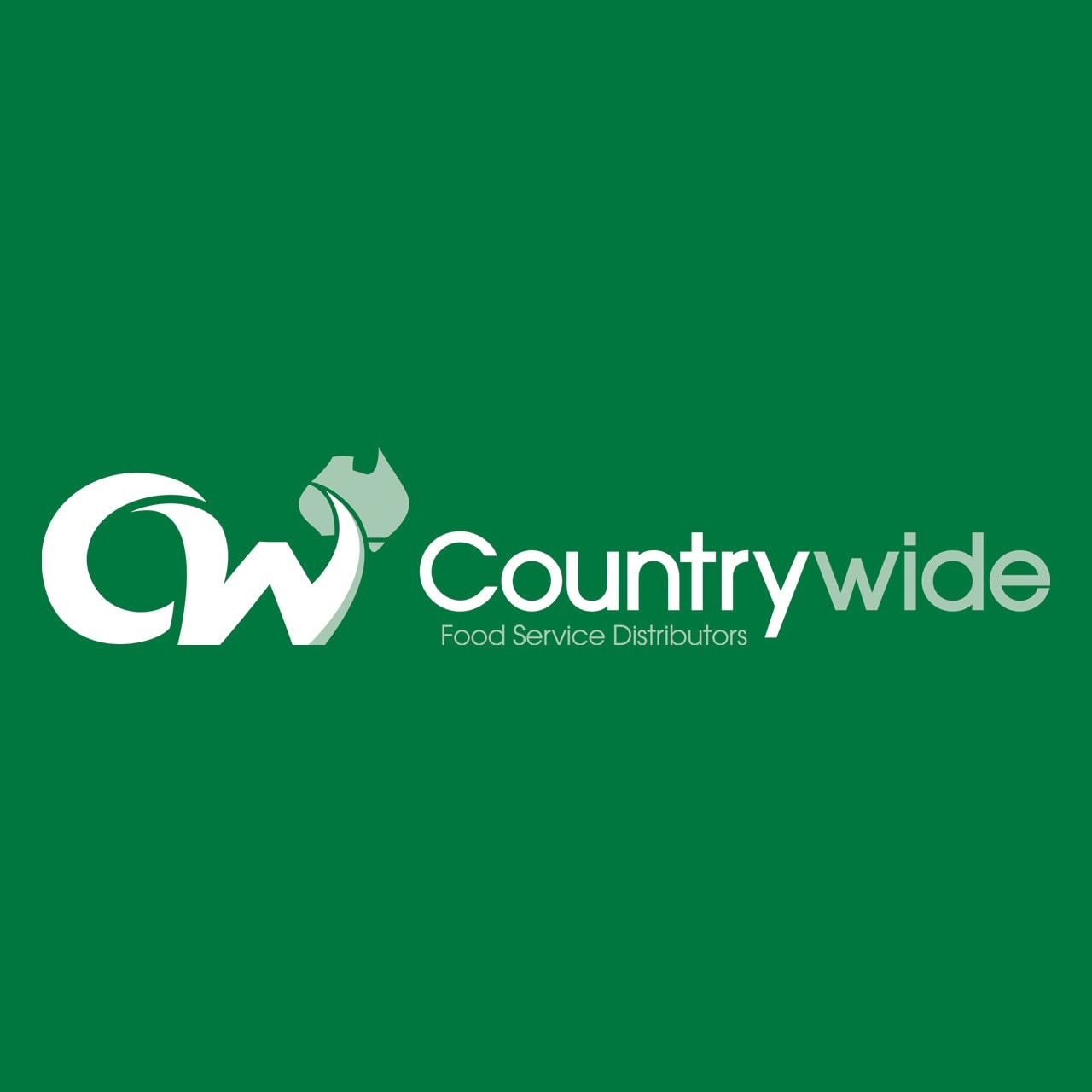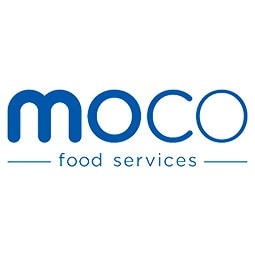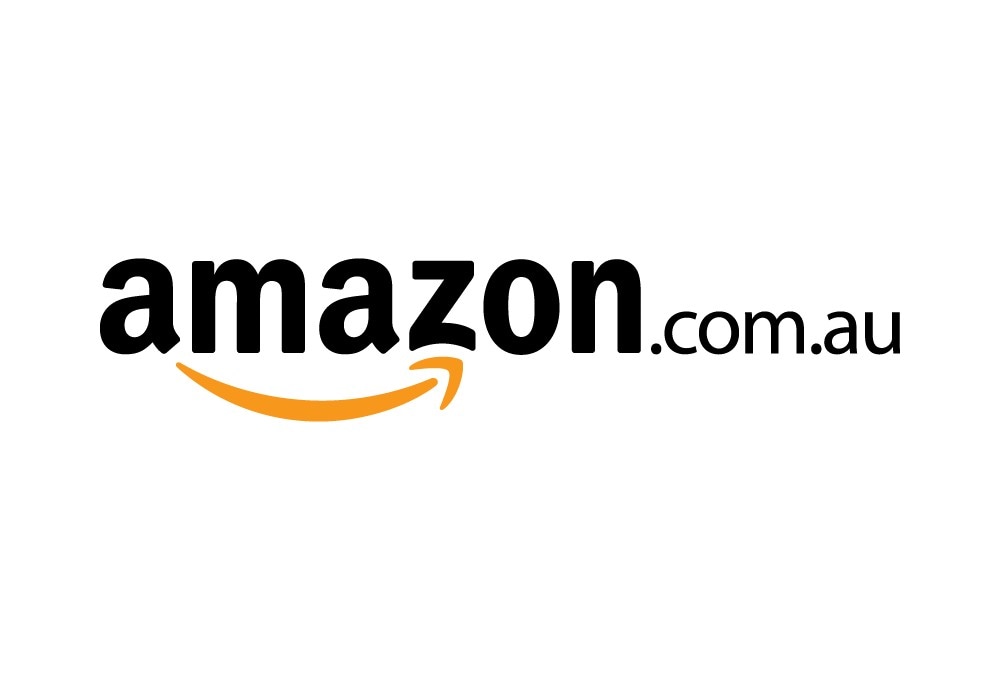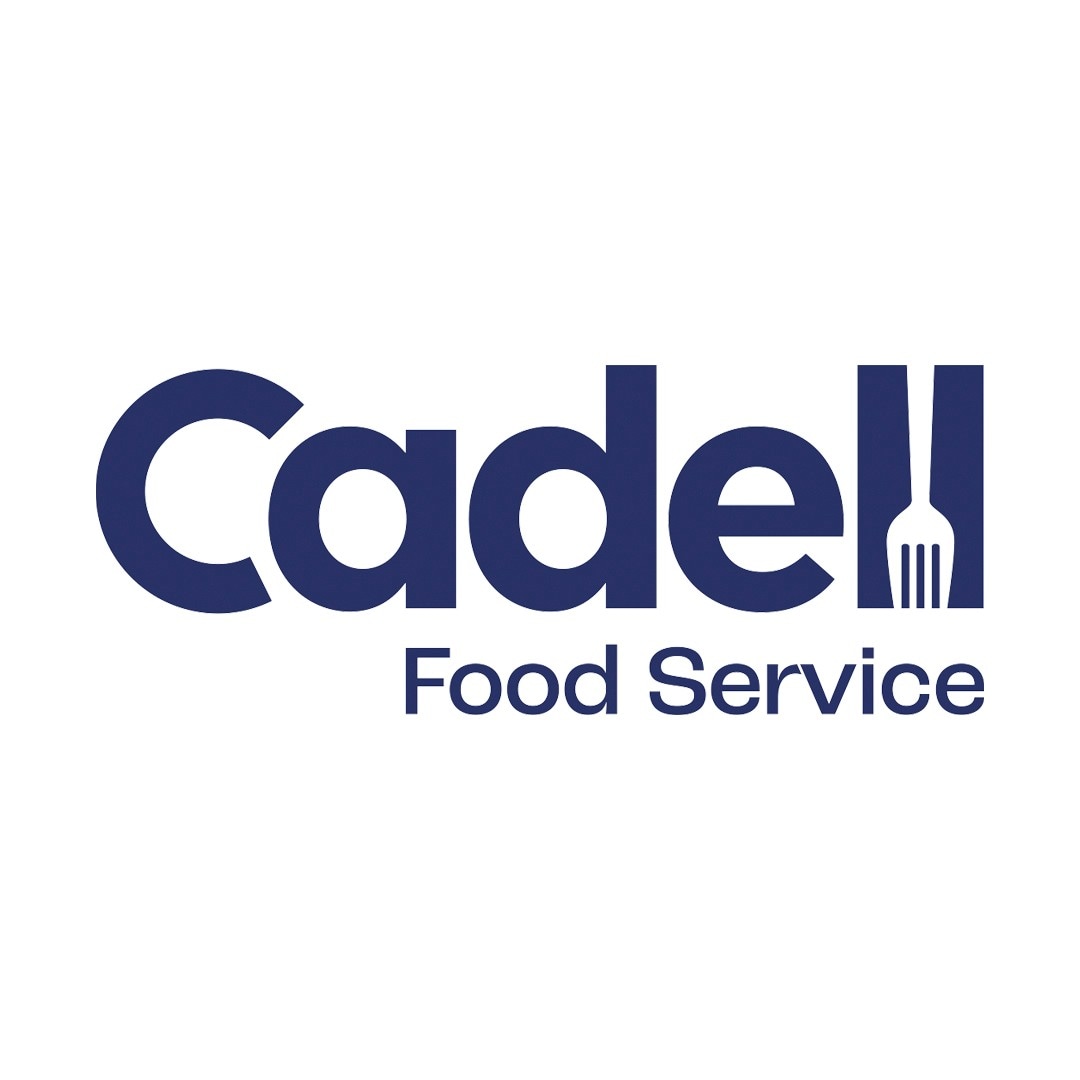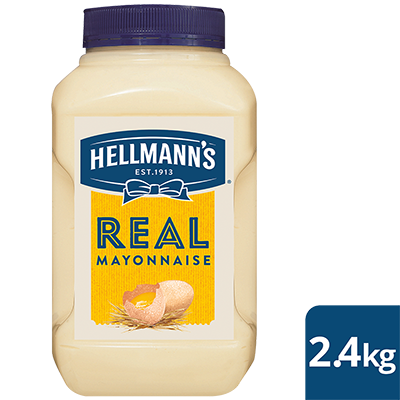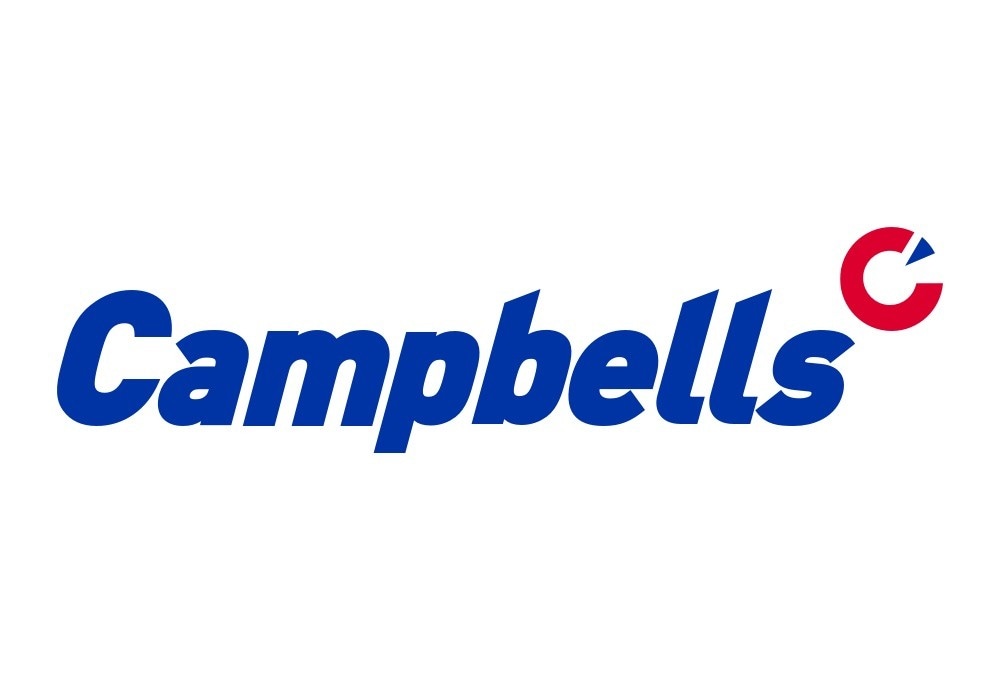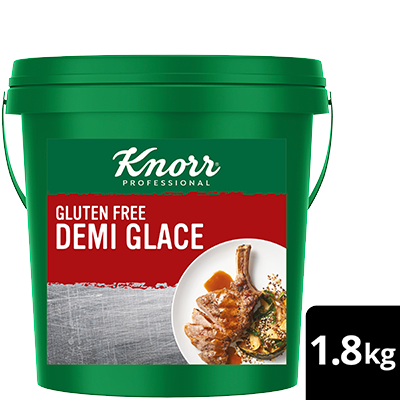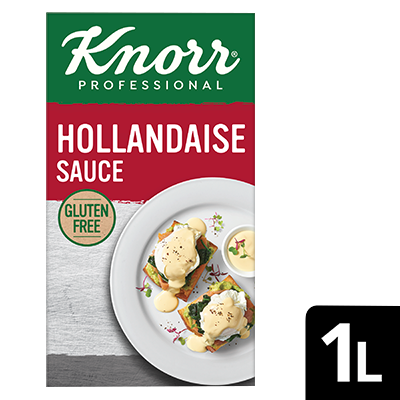Recently we appraised some of the food delivery aggregators for venues that are continuing to operate while their front of house is closed. Third party platforms, such as UberEats and DoorDash, are not the only way to conduct a delivery service. Here we look at direct ordering systems, which are beginning to rise in popularity as a way of avoiding the hefty commissions charged by the aggregators.
Not too long ago, the idea of a small business investing in an e-commerce solution was considered a significant and expensive undertaking. But these days hospitality operators can access a variety of pre-built, fit-for-purpose ordering solutions that can be integrated with their existing websites and POS systems.
Direct ordering systems versus third party aggregators
There are three main reasons a food business will choose a direct ordering system over a third party aggregator:
- Cost. It’s no secret that the commission charged by aggregators makes them an expensive solution. The trade off is the convenience of a fully integrated logistics system that includes a third party delivery fleet and an enormous customer footprint.
- Customer relationships. A criticism of some third party aggregators is that the customer belongs to them, not the actual provider of the meal. This bucking of the traditional customer-venue relationship results in a less personal experience for each. Furthermore, this barrier between venue and customer limits marketing opportunities, potentially compromising the chance the venue has for building a long and lasting relationship with a customer.
- Serviceability. The third reason for opting for a direct ordering system is that the aggregators may not service a particular location, although with their growing reach that is becoming a less frequent occurrence.
It’s important to note that it’s not all plain sailing for businesses that wish to avoid the aggregators and opt for a direct ordering system.
For starters, each operator will need to source its own fleet of delivery staff and vehicles. Plus, the potential customer reach is lower as venues rely on customers coming directly to their website, although Instagram is playing its part by rolling out clickable stickers that will allow followers to order directly from a restaurant’s feed. Instagrammers can also expect gift card buttons that give followers another way to support their favourite venue during this tricky time.
With all that in mind, here is a summary of some of the more prominent direct ordering systems available to local hospitality businesses.

Describing itself as an affordable online ordering solution, Order Up! is a web-based order receiver that can also be integrated with existing POS systems. It is a customisable product that can be used throughout a business or just for pick up and delivery.
In response to COVID-19, Order Up! has established an "express" package designed to accelerate the establishment process with free setup and the platform’s lowest ever transaction fees.
“The express package is the full Order Up! solution but we called it express because we typically only input your top 25 items to help get you online fast,” says the company’s CEO, John Saadie. “If we have the menu, operating hours and other settings we require, it’s possible to launch within 48 hours for a single venue.”
According to Saadie, Order Up! has an advanced coupon engine, allowing venues to create a variety of promotional codes. “You can give a dollar value off the order, a percentage discount of the order, free delivery or “first time” customer discounts that don’t even require a code,” he says.
Order Up! is locally developed and supported in Australia.
Find out more here: https://www.orderup.com.au/
If your existing website is built on the ubiquitous Wordpress platform, WooCommerce could be the direct ordering solution for you. The company says it can have your store up and running in minutes
WooCommerce is a software plug-in that counts scalability and customisation amongst its most useful features. It comes bundled with the ability to accept credit card, bank transfer and COD payments but can also be integrated with other payment gateways including Stripe, Square and PayPal.
Another benefit of being part of the Wordpress ecosystem is the ready availability of (mostly free) extensions. In the case of WooCommerce, this includes handy resources such as MailChimp for e-mail marketing, Google Analytics for website performance data and Facebook for social media integration.
Find out more here: https://woocommerce.com/
The QuickOrder platform puts a specific focus on giving operators access to a variety of marketing tools on its Australian-made, commission-free restaurant ordering system.
The platform uses Stripe to handle credit card payments, with proceeds automatically deposited to bank accounts each day. QuickOrder charges a flat fee regardless of monthly order quantities. Operators have the choice of paying monthly, six-monthly or yearly, with the monthly option costing $150 and the year-in-advance option reducing that fee to $125 per month. There is a one-off $300 setup fee.
Impressively, QuickOrder doesn’t even require an existing website; it can be mobilised with just a Facebook page. The platform has also been optimised for smartphones, with QuickOrder claiming that as many as 60% of food orders are being made on mobile devices.
Find out more here: https://www.quickorder.com.au/
Existing users of Kounta, a well-established POS system, can begin offering takeaway and delivery services by integrating with Bopple, a pre-order and payment add-on. In response to COVID-19, Kounta is waiving the Bopple setup cost of $299, and Bopple itself is waiving its subscription fee for three months, to help you save $69 a month. New users pay a 5.9% commission on each order.
The Kounta POS system upon which this solution is built starts at $60 a month per site for its basic offering and goes up to $180 a month for its fully-specified product. Add-on plans for the likes of data insight and stock management start at $40 a month.
But be warned: Kounta is a fully-featured platform with multiple options, and it has the potential to overwhelm first-time users. The flip side is that Kounta has every detail covered.
Furthermore, Kounta is now rolling out Kounta Delivery, which is designed to have the best characteristics of direct ordering (access to customer data) and aggregation (fulfilment via a third party delivery fleet).
Find out more here: https://www.kounta.com/
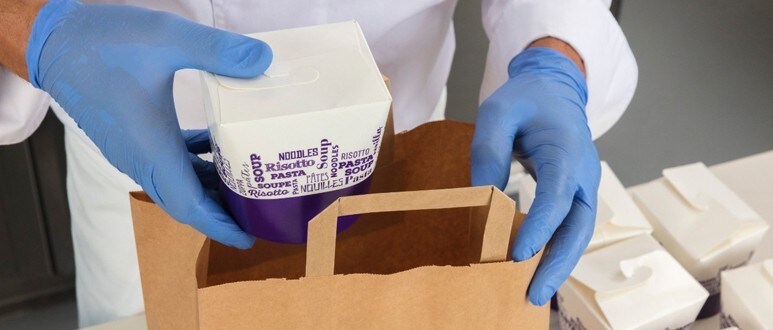
What’s the right solution for your business?
The aggregators and the direct ordering solutions both have their fans. In some cases, a venue will offer both options to its customers.
There are many considerations for operators when it comes to choosing the right delivery and takeaway platform for their business:
- Do the aggregators service my area?
- What impact will the potential customer reach of each platform have on my success?
- Is it important that I maintain a direct line of contact with customers?
- Can my business cover the commissions charged by aggregators?
- Do I have the appetite to manage my own deliveries?
- Have I got a philosophical issue dealing with the aggregators?
But one thing is for certain: there is no lack of choice for operators. And right now, when doing well in delivery is a crucial chance to get ahead and obtain a competitive advantage, time spent carefully weighing up the options will be time well spent.


Related Articles
Related Products
Log in or Create an account to access:
- Get access to this content
- Discover the latest culinary trends
- Explore and save your favourite recipes
- Watch free video training courses for chefs











